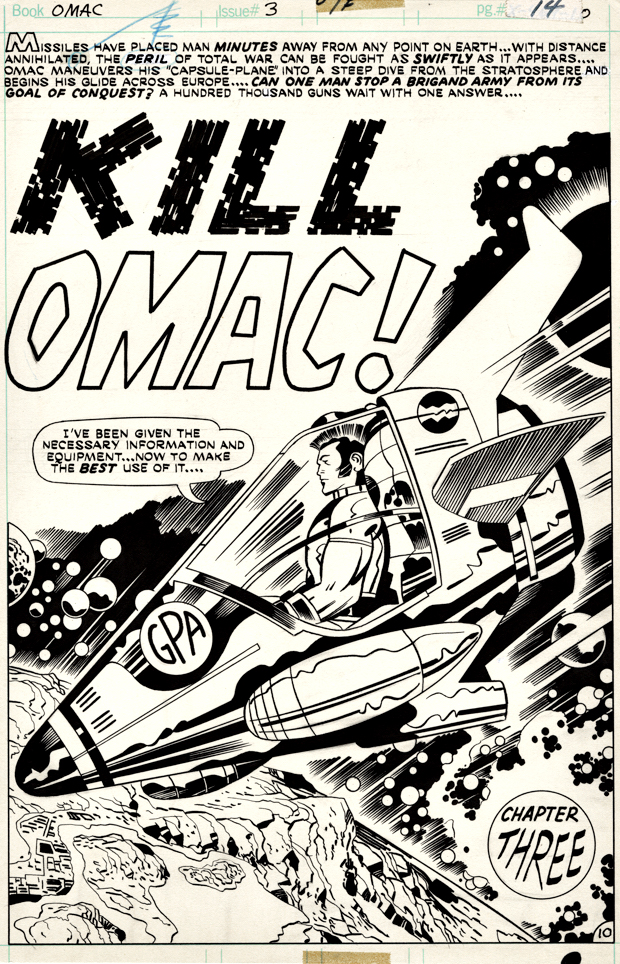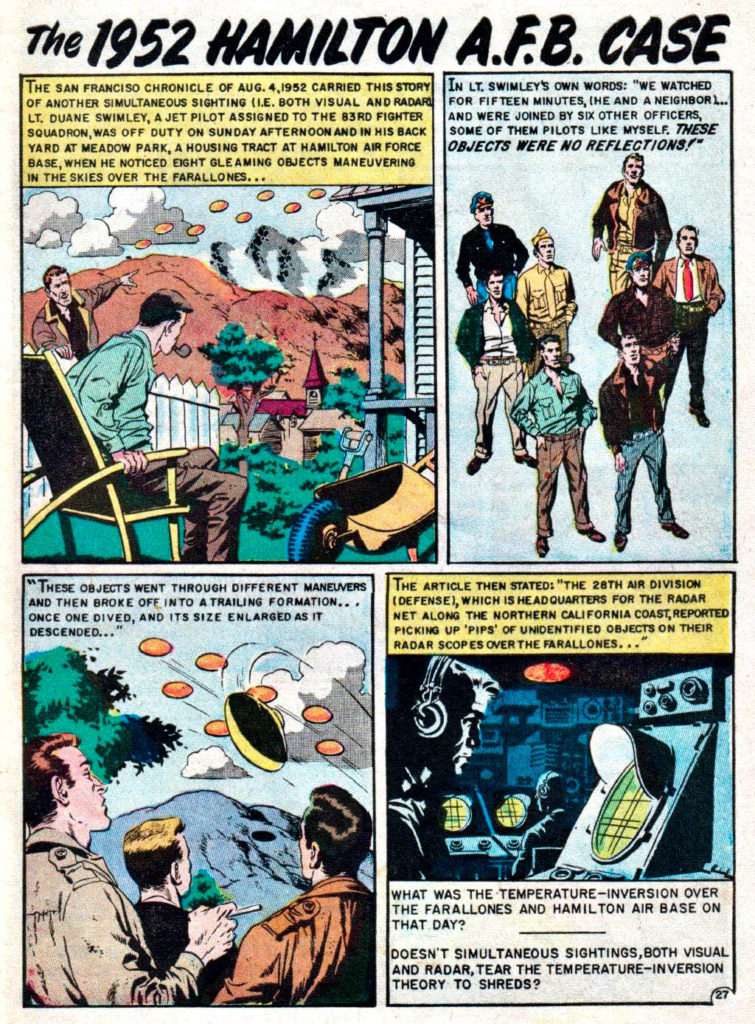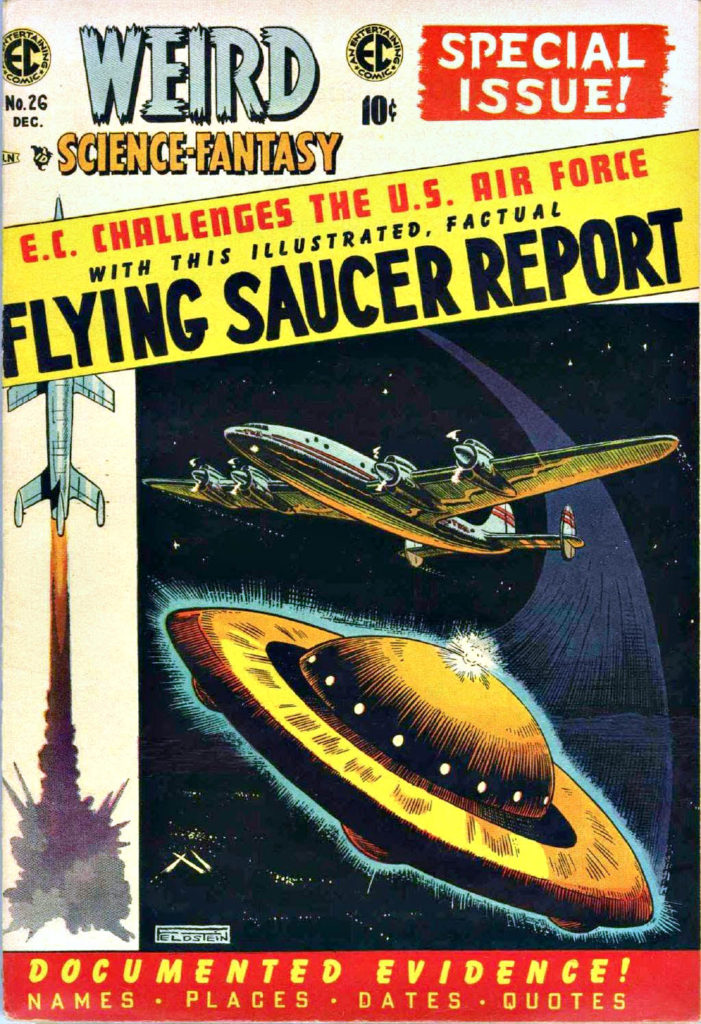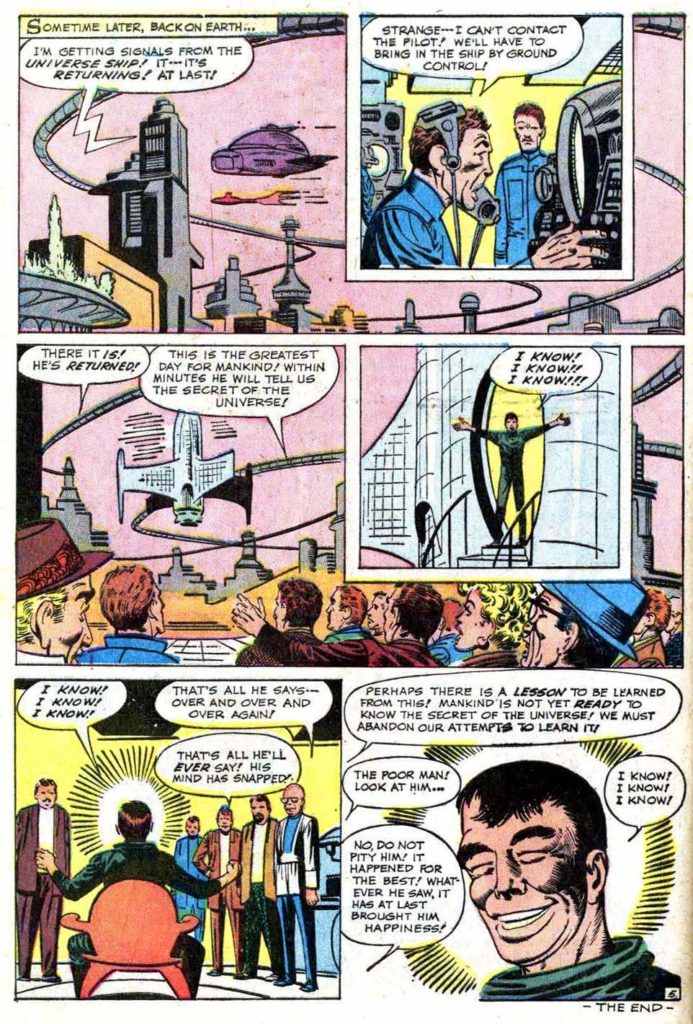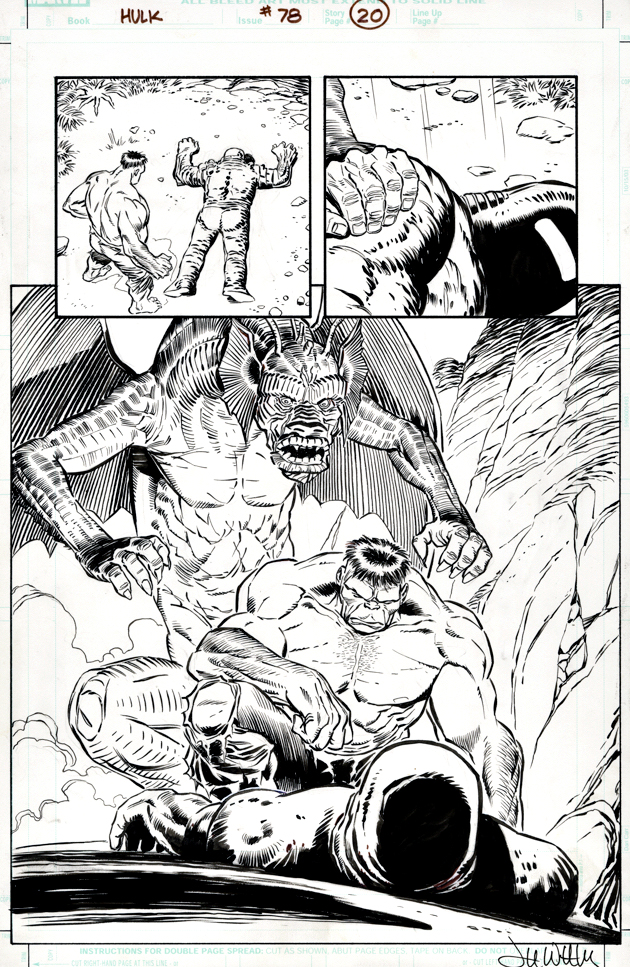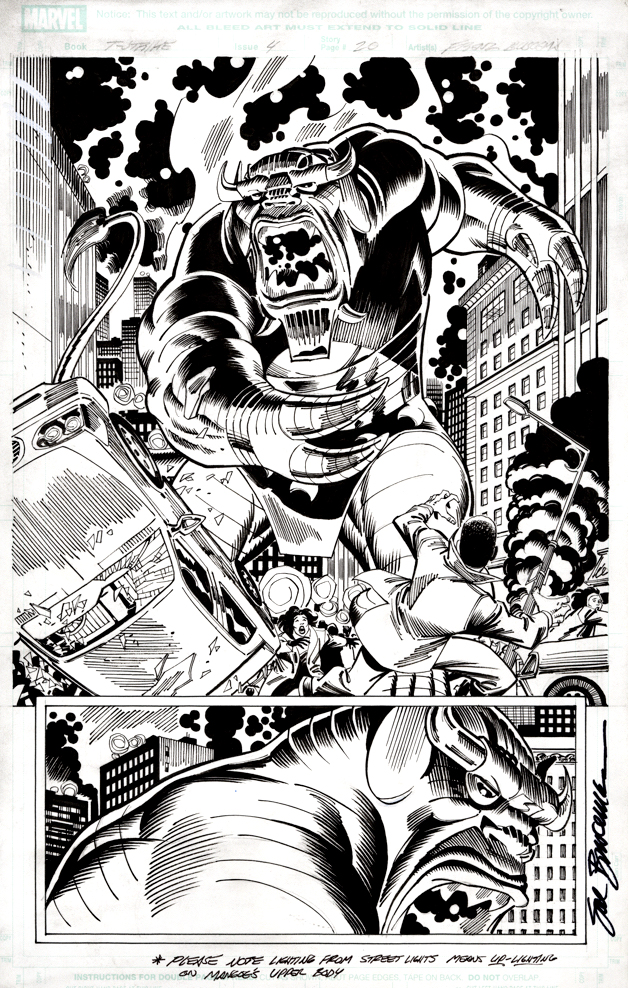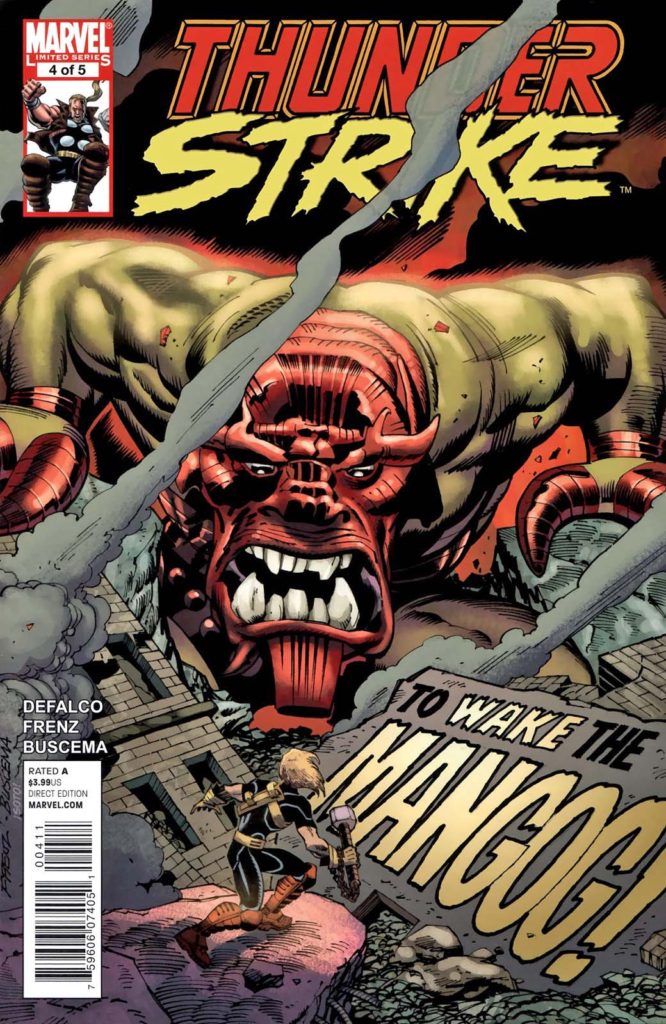Jack Kirby — The Future Is Now
Omac #3, January 1975
“Technology is fire in the hands of children, and (Jack) Kirby easily foresaw what the world would look like with wealth, corporations, and technology operating simply for human profit and power, without accountability to any Rule of Law.” — Rob Walton, Slings and Arrows Graphic Novel Guide.
Jack Kirby brought his fertile imagination (back) to DC fifty years ago, and the results, while not always commercially successful, were typically fascinating.
OMAC was one of my personal favorites. It felt vastly different than anything else Jack had done, with one wild futuristic technology idea after another thrown into the mix. (And of course, many of these technologies have come to fruition in the subsequent 50 years. But, as always, we digress.) Ultimately Jack never had chance to fully develop many of these ideas, as he jumped ship and returned to Marvel after just eight issues.
This great “chapter splash” checks off many Kirby flourishes. (Many of Jack’s books had multiple chapters, meaning more great splash pages in each issue.)
Why is this page great?
It features the title character, a personal rocket ship, and the Kirby cosmos — in all its glory! (Earth’s atmosphere never looked this trippy.)
It features the title character’s name prominently in a flashy hand-lettered headline.
And, of course, it has great Kirby Crackle.
We celebrate the King’s reign at DC all this week. Stay tuned.

